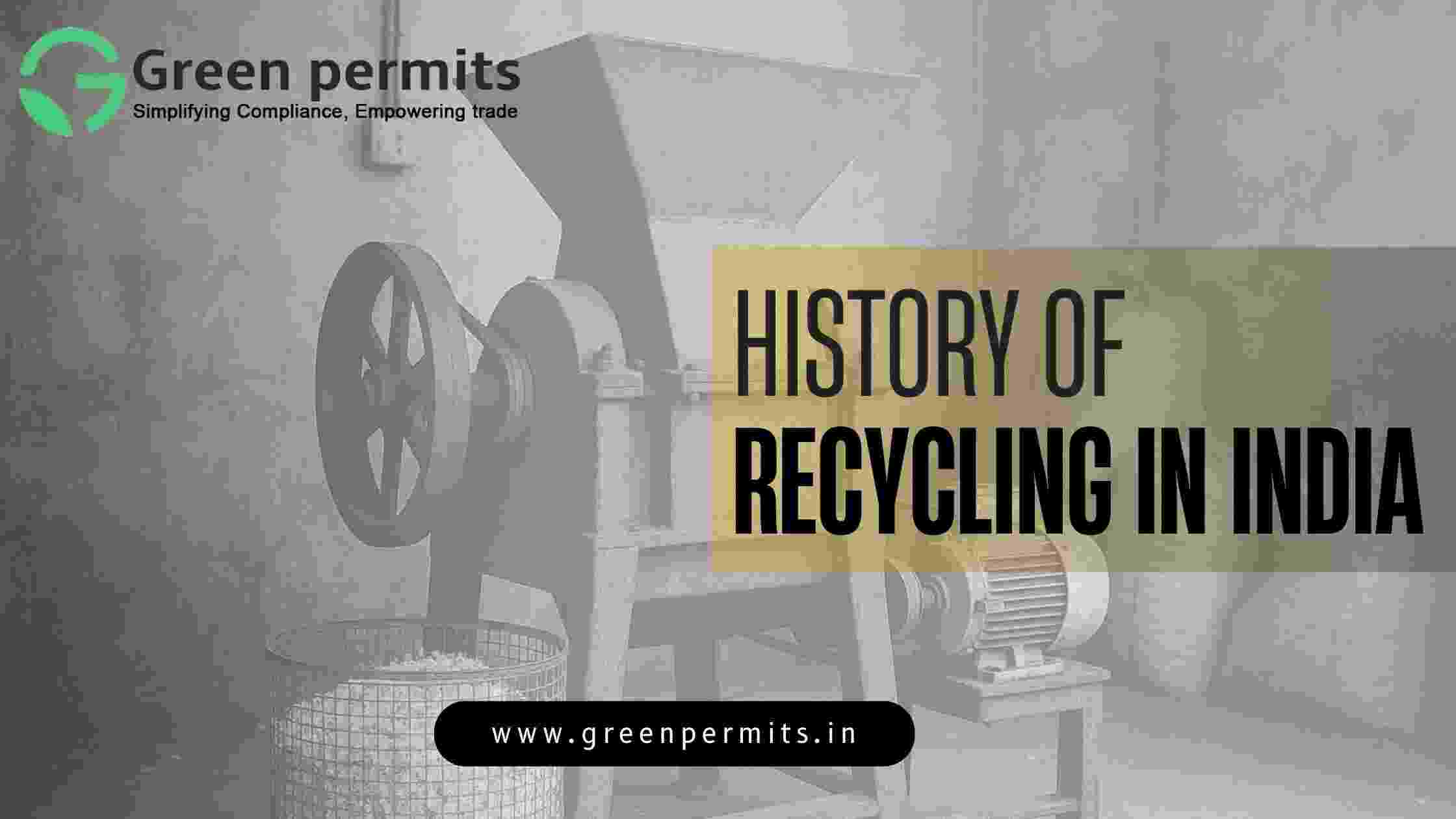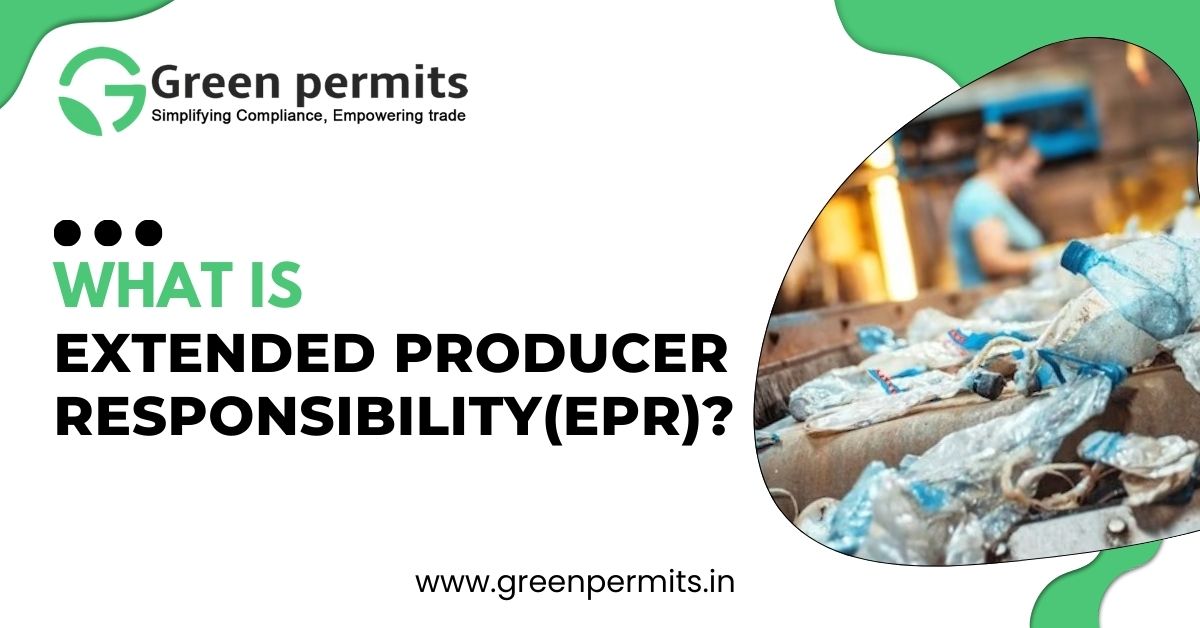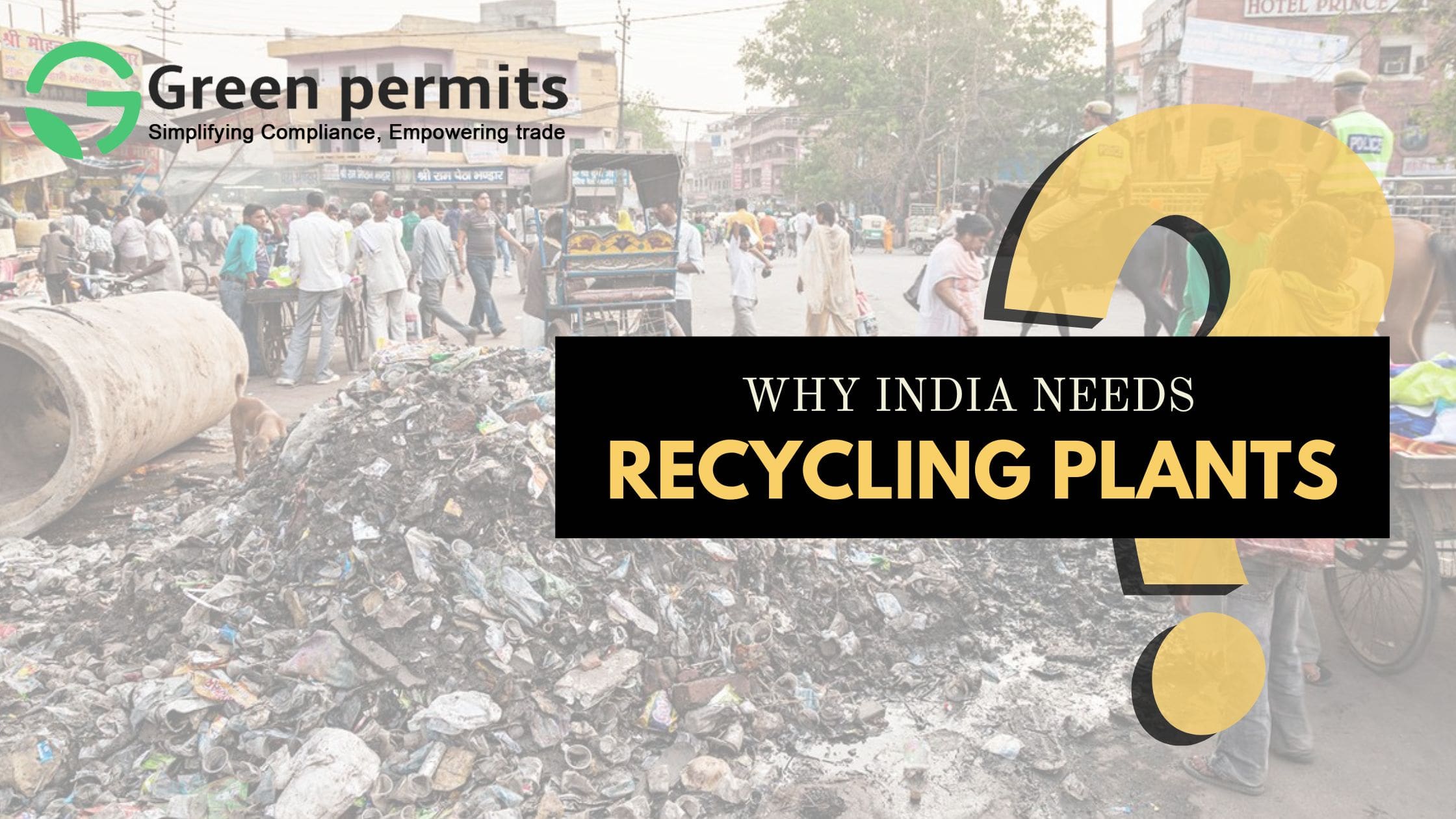When Ravi Sharma, founder of a Mumbai-based electronics manufacturing company, received his first EPR compliance notice in 2023, he was shocked to learn that India’s recycling heritage spans over 5,000 years. “I thought recycling was a Western concept that we adopted recently,” he admitted during a compliance consultation. Like many business leaders today, Ravi discovered that India’s recycling story began long before modern environmental regulations—rooted in ancient practices that made waste virtually non-existent in traditional Indian society.
Today, as India generates over 65 million tonnes of waste annually, understanding this rich recycling heritage has become crucial for businesses navigating complex compliance frameworks and sustainable growth strategies.
The Ancient Foundations: Traditional Recycling Practices in Pre-Colonial India
Vedic Era Waste Management (1500-500 BCE)
India’s recycling culture traces back to the Vedic period, when the principle of “Vasudhaiva Kutumbakam” (the world is one family) extended to resource management. Ancient texts prescribed specific methods for waste treatment and reuse that were remarkably sophisticated.
Archaeological evidence from Harappan sites (3000-1500 BCE) reveals advanced drainage systems and waste separation practices. The Indus Valley Civilization demonstrated early municipal waste management with covered drains, public wells, and designated waste disposal areas—concepts that modern waste management still follows.
Traditional Indigenous Methods:
- Organic waste composting: Villages practiced systematic composting using cow dung, agricultural waste, and kitchen scraps
- Metal recycling: Ancient Indian metallurgists pioneered techniques to melt and reshape iron, copper, and bronze implements
- Textile upcycling: Old fabrics were repurposed into rope, cleaning cloths, and paper-making materials
- Container reuse: Clay pots, brass vessels, and wooden containers were repaired and reused for generations
The Cultural Philosophy Behind Zero Waste
Rural Indian communities developed intricate systems where nothing was wasted. The concept of “Aparigraha” (non-possessiveness) in Indian philosophy naturally led to minimal consumption and maximum reuse.
Regional Specializations:
- Gujarat: Cotton waste spinning into coarser fabrics
- Kerala: Coconut husk processing for coir and rope
- Punjab: Agricultural residue for cattle feed and fuel
- Bengal: Jute fiber recycling for various applications
These practices weren’t driven by environmental consciousness alone but by economic necessity and cultural values that viewed waste as a failure of resource management.
Colonial Disruption and Early Modern Adaptations (1757-1947)
Impact of British Colonial Policies
The British colonial administration inadvertently disrupted India’s traditional recycling systems while introducing new waste streams through industrialization and urbanization.
Key Changes During Colonial Period:
- 1850s: Introduction of paper manufacturing created demand for rag collection
- 1870s: Railway expansion led to metal scrap trade development
- 1890s: First organized scrap dealers emerged in Bombay (Mumbai) and Calcutta (Kolkata)
- 1920s: Glass bottle recycling began around beverage industries
Birth of the Informal Recycling Sector
The colonial period witnessed the emergence of what would become India’s backbone recycling system—the informal sector. Economic hardship forced communities to develop sophisticated waste collection and processing networks.
Early Kabadiwala System:
The traditional door-to-door waste collection system began during this period. Kabadiwalas (waste traders) created the first organized informal recycling network, establishing collection routes, sorting centers, and resale markets that continue today.
Post-Independence Evolution: Building Modern Recycling Infrastructure (1947-1990)
Government Recognition and Early Policies
Independent India’s first Five-Year Plan (1951) briefly mentioned waste management, but serious policy attention came much later.
Milestone Developments:
- 1960: Establishment of Central Public Health and Environmental Engineering Organisation (CPHEEO)
- 1972: Wildlife Protection Act included waste management provisions
- 1974: Water (Prevention and Control of Pollution) Act addressed industrial waste
- 1981: Air (Prevention and Control of Pollution) Act expanded waste regulation
Industrial Growth and Waste Generation
India’s industrial expansion post-independence created new categories of recyclable materials:
Emerging Recycling Sectors:
- Steel recycling: TATA Steel pioneered scrap steel processing in the 1950s
- Paper recycling: ITC and other companies began using waste paper by the 1960s
- Aluminum recycling: Hindalco started aluminum can recycling in the 1970s
- Plastic recycling: Early plastic processing began in the 1980s
The Informal Sector Strengthens
By the 1980s, India’s informal recycling sector employed over 500,000 people, handling approximately 20% of total waste generated. This sector operated without government recognition but provided essential waste management services.
Modern Industry Growth and Corporate Participation (2000-Present)
Rise of Organized Recycling Companies
The 2000s witnessed the emergence of large-scale recycling enterprises that professionalized waste processing.
Major Corporate Players:
Plastic Recycling Leaders:
- Poly Plast: Processes 50,000 tonnes annually
- Banyan Nation: Technology-driven recycling with blockchain tracking
- Ricron Panels: PET bottle recycling into textiles
E-Waste Processing Companies:
- Attero: Largest e-waste recycler processing 150,000 tonnes annually
- E-Parisaraa: South India’s leading e-waste processor
- SIMS Recycling: International player with Indian operations
Paper Recycling Giants:
- ITC: Recycles 1.2 million tonnes of waste paper annually
- JK Paper: 40% recycled content in production
- West Coast Paper Mills: 100% waste paper-based manufacturing
Technology Integration and Innovation
Modern recycling companies have introduced advanced technologies to improve efficiency and compliance:
Technological Advances:
- AI-powered sorting: Automated waste segregation systems
- Blockchain tracking: Transparent supply chain management for EPR compliance
- IoT sensors: Real-time monitoring of collection and processing
- Mobile apps: Digital platforms connecting waste generators with processors
Startup Ecosystem in Recycling
India’s startup ecosystem has produced innovative recycling solutions addressing specific market gaps:
Notable Recycling Startups:
- Kabadiwalla Connect: Digital platform for waste trading (₹50 crore valuation)
- Nepra Resource Management: B2B waste management solutions
- GEM Enviro Management: Comprehensive waste processing services
- Recykal: Cloud-based waste exchange platform
Material-Specific Recycling Evolution
Plastic Recycling: From Crisis to Opportunity
India’s plastic consumption has grown from 8 million tonnes in 2010 to 14 million tonnes in 2023, making plastic recycling a critical industry.
Plastic Recycling Statistics (2023):
- Generation: 3.5 million tonnes plastic waste annually
- Collection: 60% collected through formal and informal channels
- Recycling rate: 30% successfully recycled into new products
- Economic value: ₹12,000 crores recycling industry
Regional Hubs:
- Tamil Nadu: 25% of India’s plastic recycling capacity
- Gujarat: Major plastic processing and recycling center
- Maharashtra: Largest consumer and recycler of plastic bottles
- Delhi NCR: Hub for plastic bag and film recycling
E-Waste: Managing the Digital Revolution
India generates 3.2 million tonnes of e-waste annually, making it the third-largest e-waste generator globally.
E-Waste Recycling Milestones:
- 2011: First formal e-waste rules implemented
- 2016: Revised rules expanded coverage to 21 products
- 2022: Updated regulations included solar panels and batteries
- 2023: New rules mandated 60% collection targets
Processing Capacity: India has 312 authorized e-waste recyclers with combined processing capacity of 1.2 million tonnes annually.
Paper Recycling: Traditional Strength
India’s paper industry demonstrates strong recycling integration with 45% of production using recycled fiber.
Paper Recycling Facts (2023):
- Waste paper collection: 6.5 million tonnes annually
- Recycling rate: 65% (higher than global average of 58%)
- Employment: 500,000+ people in collection and processing
- Import dependency: 2.5 million tonnes waste paper imported annually
Metal Recycling: Leveraging Industrial Heritage
India’s metallurgical expertise translates into efficient metal recycling systems.
Metal Recycling Statistics:
- Steel: 15 million tonnes recycled annually (65% recycling rate)
- Aluminum: 1.2 million tonnes recycled (48% recycling rate)
- Copper: 800,000 tonnes recycled (35% recycling rate)
- Lead: 600,000 tonnes recycled (70% recycling rate)
Government Initiatives and Policy Milestones
Swachh Bharat Abhiyan: Transforming Waste Management Culture
Launched in 2014, Swachh Bharat Abhiyan brought unprecedented focus to waste management and recycling.
Key Achievements:
- Waste segregation: Mandatory in 4,000+ cities
- Processing facilities: 300+ waste processing plants established
- Behavioral change: 70% improvement in waste segregation compliance
- Employment: 200,000+ new jobs in formal waste management sector
National Action Plan on Climate Change: Recycling Component
The 2008 National Action Plan included waste management as part of climate mitigation strategy.
Recycling Targets Under Climate Action:
- Waste-to-energy: 500 MW capacity by 2025
- Recycling infrastructure: ₹50,000 crores investment target
- Circular economy: 30% waste reduction target by 2030
Digital India and Waste Management
Digital platforms have revolutionized recycling compliance and monitoring:
Digital Initiatives:
- CPCB Portal: Online EPR compliance tracking
- Waste Management Apps: 200+ mobile applications for waste collection
- GPS tracking: Real-time monitoring of waste transportation
- Digital payments: Cashless transactions for waste trading
Global Context: India’s International Role
Comparison with Global Recycling Rates
India’s recycling performance varies by material but shows strong potential:
Global Recycling Rate Comparison (2023):
- Paper: India 65% vs. Global average 58%
- Steel: India 65% vs. Global average 85%
- Aluminum: India 48% vs. Global average 69%
- Plastic: India 30% vs. Global average 14%
- E-waste: India 20% vs. Global average 17%
India’s Role in Global Recycling Trade
India has emerged as a major player in international recycling markets:
Export Markets:
- Recycled plastics: $400 million exports annually to Southeast Asia
- Paper products: $200 million recycled paper exports
- Metal scrap: $2.5 billion processed metal exports
- Textile waste: $150 million recycled textile exports
Learning from International Best Practices
India adopts successful recycling models from developed countries:
Adopted Practices:
- Germany’s Green Dot System: Inspired India’s EPR implementation
- Japan’s 3R Policy: Integrated into India’s waste management rules
- South Korea’s Volume-based Waste Fee: Piloted in Indian cities
- EU’s Circular Economy Package: Referenced in India’s policy framework
Challenges and Future Outlook
Current Challenges in Recycling Implementation
Despite significant progress, India faces several recycling challenges:
Operational Challenges:
- Infrastructure gaps: Only 30% cities have adequate processing facilities
- Technology limitations: 94% recycling still uses basic mechanical processes
- Quality issues: Contamination reduces recycled material value by 20-30%
- Informal sector integration: Limited formalization of traditional recyclers
Regulatory Challenges:
- Compliance monitoring: Inadequate tracking of EPR implementation
- Inter-state coordination: Variations in state-level enforcement
- Small business burden: High compliance costs for MSMEs
- Data gaps: Limited waste generation and processing data
Emerging Opportunities
Technology Integration:
- Artificial Intelligence: Automated sorting and quality control
- Blockchain: Transparent supply chain tracking for compliance
- IoT sensors: Real-time monitoring and optimization
- Advanced processing: Chemical recycling for complex materials
Policy Developments:
- Circular Economy Mission: Proposed ₹1 lakh crore investment
- Green finance: Dedicated funding for recycling infrastructure
- International cooperation: Technology transfer agreements
- Research & development: New recycling technologies and processes
Future Projections (2025-2030)
Market Growth Predictions:
- Industry size: ₹75,000 crores by 2030 (from ₹45,000 crores in 2023)
- Employment: 3 million jobs in formal recycling sector
- Processing capacity: 80% of generated waste by 2030
- Technology adoption: 50% automated processing by 2028
Business Implications and Compliance Considerations
EPR Compliance Requirements for Businesses
Understanding EPR obligations is crucial for manufacturers and importers:
Mandatory Compliance Categories:
- Plastic packaging: All companies using >300kg annually
- E-waste: Electronics manufacturers and importers
- Batteries: Battery manufacturers and automotive companies
- Tires: Tire manufacturers and importers
Compliance Costs and Penalties:
- Average EPR cost: ₹8-15 per kg depending on material category
- Non-compliance penalties: ₹10,000-₹1 lakh daily fines
- License cancellation: Possible for repeated violations
- Criminal liability: Imprisonment up to 5 years for serious violations
Strategic Advantages of Proactive Recycling
Business Benefits:
- Cost reduction: 15-25% savings on raw material costs through recycling
- Brand value: Consumer preference for sustainable brands
- Risk mitigation: Compliance reduces regulatory risks
- Market access: Green credentials open new market opportunities
Frequently Asked Questions
Ancient Indian households practiced reuse, while kabadiwalas and ragpickers became the first organized recyclers in colonial and post-independence India.
The first structured policy was the Municipal Solid Waste Rules, 2000, followed by specialized laws for plastics, e-waste, and hazardous waste.
Roughly 30% of total waste is recycled, though recycling rates are higher for plastics (~60%) and paper (~60%).
It includes 3–4 million ragpickers and scrap dealers, handling nearly 90% of India’s recycling activity.
Businesses must comply with EPR obligations, segregate waste at source, and engage with authorized recyclers to stay compliant with CPCB/SPCB rules.
Green Permits Consulting Services
For comprehensive recycling compliance and sustainability strategy, consider professional environmental consulting. Expert guidance ensures:
- Regulatory compliance: Stay updated with changing recycling laws
- Cost optimization: Minimize EPR costs through strategic planning
- Risk management: Avoid penalties and operational disruptions
- Sustainability reporting: Meet investor and stakeholder expectations
- Technology selection: Choose appropriate recycling technologies
Visit Green Permits Consulting for specialized recycling compliance solutions tailored to your industry requirements.
Call us at +91 78350 06182
Email: wecare@greenpermits.in









